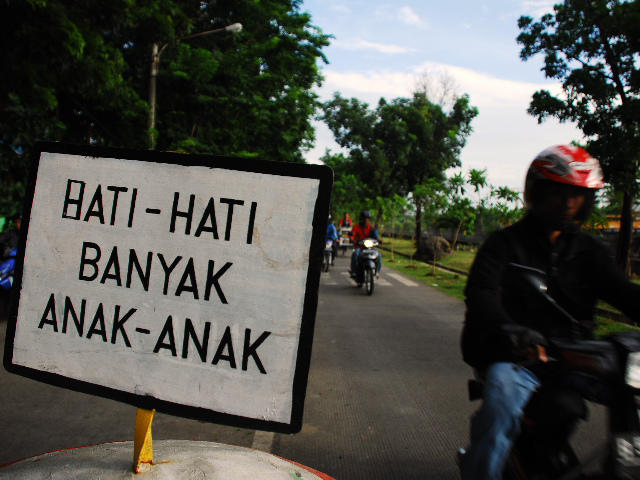“How are you?” — What does it mean when you first see someone you know and say, “How are you?” Is it a greeting, like “hello”? or are you actually interested in that person’s well-being? In most cases “How are you?” is just a conversation starter.
Indonesians use a similar phrase, which, when translated literally, means “What are the news?”. Here too, it is nothing more but a conversation starter, answered by either “Baik” (good), “Baik, baik saja” (just fine), or “Biasa-biasa saja” (as always). The latter is slightly sloppy and should only be used among friends. So a conversation goes:
- Apa kabar?
How do you do? - Baik-baik saja.
Just fine.
Is there something missing? Don’t you have to ask back “And you?”. No. Not in Indonesia. Nobody does it. You’re perfectly polite by not asking back.
An alternative answer, appropriate when you bump into someone you know, is to ask where she is going to. Here again, the person does not really want to know where you are going to.
- He, Agus. Mau ke mana?
Hey, Agus. Where are you going to? - Ke kampus.
To the campus (i.e. the university)
You can also answer “Tidak ke mana-mana” (no where in particular), “Jalan-jalan saja” (I’m just going for a stroll), or “Makan angin” (getting some fresh air).
